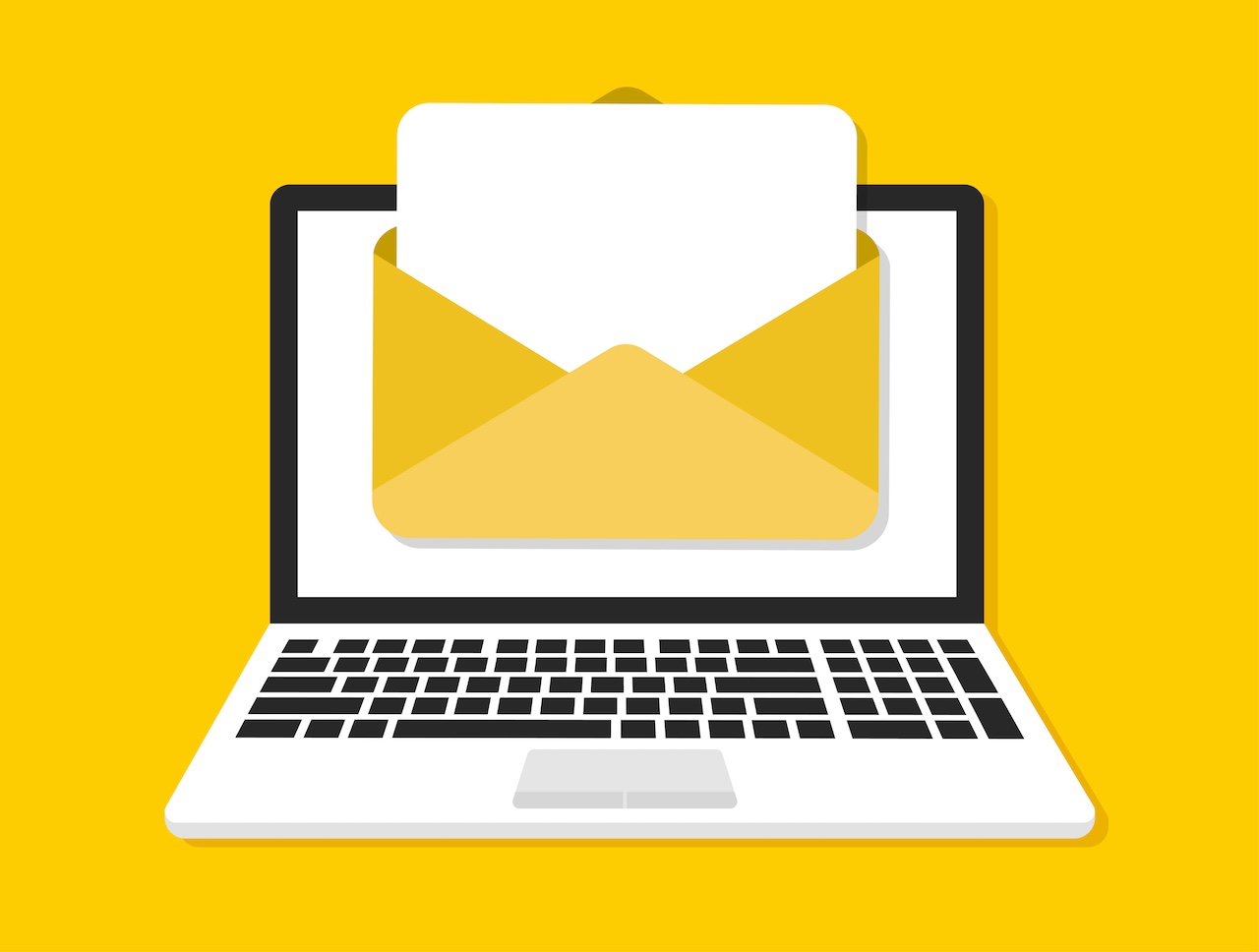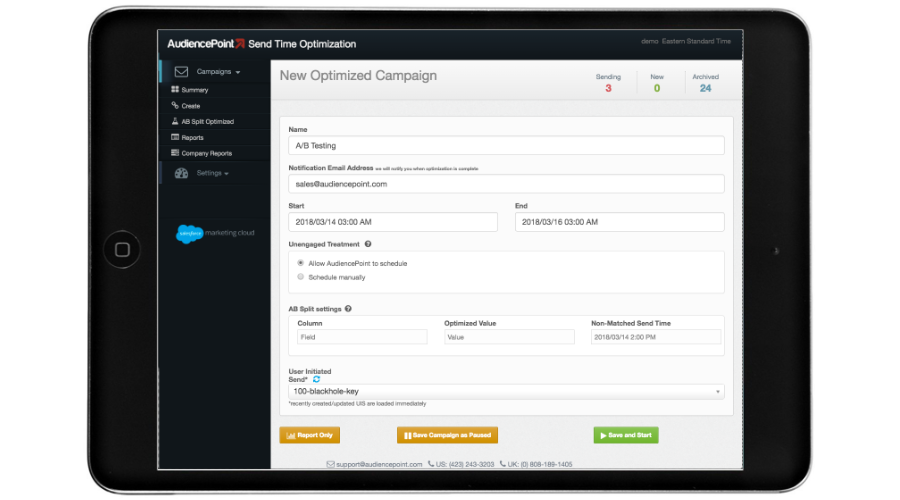In email marketing nothing is more important than making sure your subscribers get your emails. Understanding email deliverability...
Understanding Email Deliverability
At the heart of any successful email marketing campaign lies the fundamental concept of email deliverability. What is email deliverability? The term refers to the ability of your emails to reach the inboxes of your recipients without being sidelined by spam filters or bouncing back. In essence, it’s not just about sending emails but ensuring they land in the right place for engagement.

Introduction to email deliverability and why it’s important
Email deliverability is critical because even the most well-crafted message is futile if it never reaches its intended audience. Email deliverability is the most important metric for your email marketing efforts, directly impacting open rates, engagement, and ultimately, the success of your campaigns.
Common factors affecting email deliverability
Several factors can influence your emails’ journey to the inbox. These include sender reputation, recipient engagement, email content, and list hygiene, among others. Understanding these elements is crucial for diagnosing and improving your deliverability rates.
How an email deliverability test can help diagnose issues
An email deliverability test is an invaluable tool for any marketer. By simulating the sending process, it can provide insights into potential flags that could harm your deliverability. These tests can help identify issues like problematic content, poor list quality, or authentication problems, guiding your strategy to mitigate these challenges effectively.
How to Fix Bad Email Deliverability?
Addressing issues related to email deliverability requires a well-considered approach that engages with both technical and content-related aspects of your email marketing campaigns. Improving your email deliverability starts with the most basic, yet crucial step: reviewing and cleaning up your email list regularly. It’s essential to remove inactive or unresponsive subscribers to maintain a high email deliverability and healthy sender reputation.
Further, authenticating your domain using SPF, DKIM, and DMARC records is critical. These technical settings help verify your identity as a legitimate sender, reducing the likelihood of your emails being marked as spam. This step is non-negotiable for businesses aiming for high deliverability rates.
Another critical move is to monitor feedback loops with ISPs and remove subscribers who mark your emails as spam. This practice demonstrates to email service providers that you are actively managing your sender reputation.
Lastly, the importance of improving your email content cannot be overstated. Emails that engage recipients and provide value are less likely to be flagged as spam. This involves not only the textual content but also the overall design and user experience. Avoid using known spam trigger words, ensure your emails are mobile-friendly, and keep your messaging clear and concise. Together, these strategies form a robust foundation for fixing bad email deliverability and enhancing the effectiveness of your email marketing campaigns.
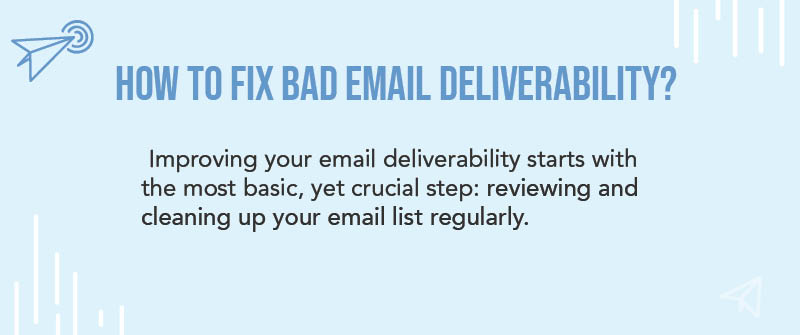
How Do I Fix Email Delivery Problems with Email Service Providers?
Email delivery problems can be a significant hurdle for marketers, but there are concrete steps you can take to mitigate these issues and improve email deliverability. Addressing email delivery problems often starts with understanding the root causes, such as domain reputation issues, poor list quality, and ineffective sending practices.
Identify and Correct Domain Reputation Issues
Domain reputation is crucial for email deliverability. A bad reputation can land your emails in the spam folder, or worse, prevent them from being delivered at all. Start by checking your domain’s reputation using various online tools and services designed for this purpose. If you identify any negative marks against your domain, take immediate steps to resolve them. This could involve removing spammy content, responding to user complaints, and ensuring your email practices align with best practices.
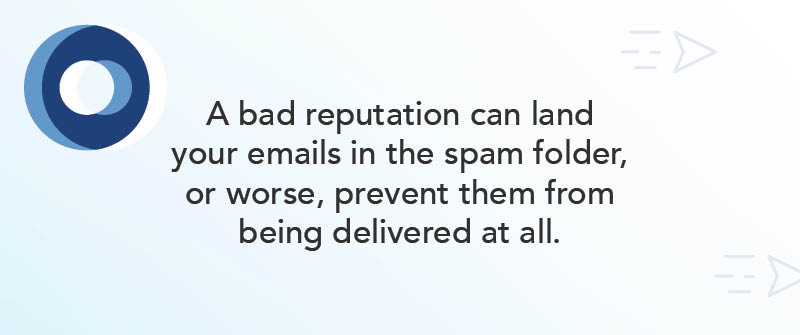
Utilize Email Validation Services
Email validation services can significantly improve email deliverability by ensuring that your email list contains only valid, active email addresses. Regularly cleaning your email list reduces bounce rates and helps maintain a healthy sender reputation. Make it routine to scrub your list of any addresses that consistently bounce.
Optimize Sending Frequency and Times
How often and when you send emails can also affect delivery rates. Bombarding subscribers with too many emails can lead to high unsubscribe rates and spam complaints, while sending emails too infrequently may result in disengaged subscribers. Through testing, find the optimal sending frequency and times that resonate with your audience, increasing the likelihood of your emails being welcomed and read.
Implement Segmentation and Personalization Strategies
Personalization and segmentation improve open rates and engagement, thus positively impacting deliverability. By segmenting your list based on user behavior, preferences, or demographic information and personalizing your emails to meet the interests of each segment, you can decrease the likelihood of your emails being marked as spam and increase their overall effectiveness.
Which Strategy Will Improve Email Deliverability?
Improving email deliverability is crucial for marketers to ensure their campaigns reach their intended audiences. A key strategy to improve email deliverability involves adopting a holistic approach, beginning with the foundational step of a double opt-in process. This method not only confirms the subscriber’s interest but also significantly reduces the likelihood of sending emails to incorrect or fake addresses, consequently protecting your sender reputation.
Adopting a Double Opt-In Process to Avoid Spam Filters and Appease Your Email Service Provider
By requiring new subscribers to confirm their email addresses, you effectively diminish the chances of spam complaints. This practice is highly regarded by Internet Service Providers (ISPs) and contributes positively to your domain’s credibility. This also helps you avoid invalid email addresses finding their way into your list.
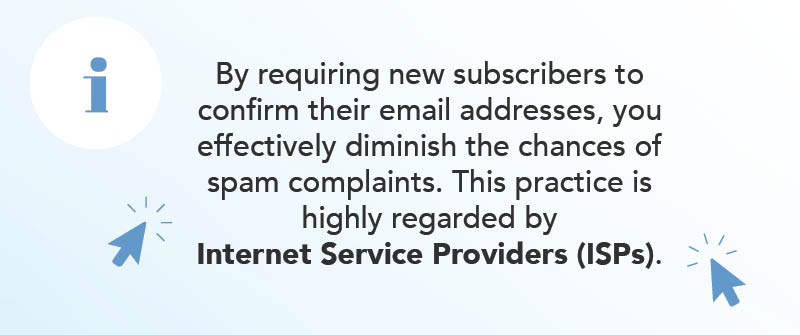
Creating Engaging and Relevant Content
Another pivotal strategy lies in the content itself. Crafting engaging and relevant content is not merely about captivating your audience but also steering clear of spam filters. High-quality, personalized content resonates more with recipients, encouraging interaction and thereby signaling to ISPs that your emails are welcome in inboxes.
Using a Reliable Email Marketing Platform
Leveraging a reputable email marketing platform can streamline your efforts to improve email deliverability. These platforms offer tools for managing your email lists, segregating subscribers, and even aiding in creating more compelling content. Furthermore, they provide invaluable insights into your deliverability performance, enabling you to tweak your strategies as necessary.
Regularly Testing and Tracking Deliverability Performance
Continuous testing and monitoring of your email deliverability are indispensable. Employing tools for an email deliverability test, tracking opens, clicks, and bounces gives you a clearer picture of your email campaign’s health. This data allows for iterative improvements, ensuring that your strategies remain effective over time.
Boost your email engagement and drive more revenue with the #1 Email Engagement Platform. AudiencePoint gives you unparalleled visibility into your subscribers’ inbox habits, leveraging 85 trillion tracked events and a second-party data pool to optimize re-engagement campaigns, improve deliverability, and maximize ROI. Request a demo now and see how AudiencePoint can take your email marketing to the next level.
